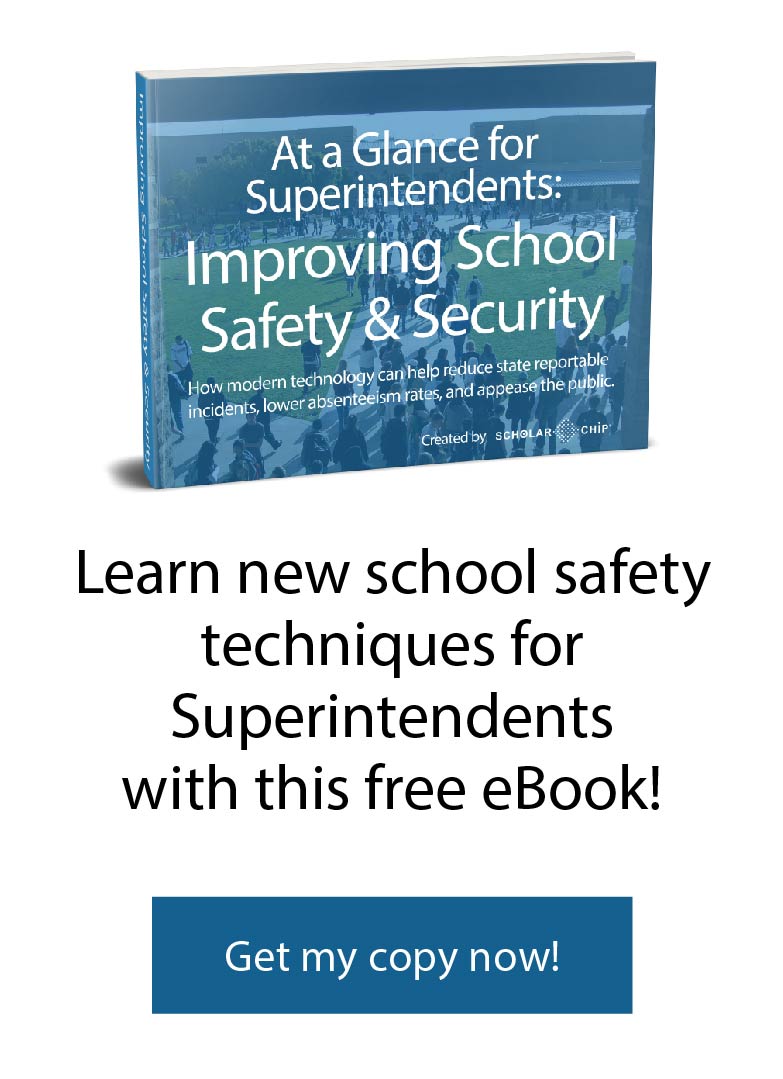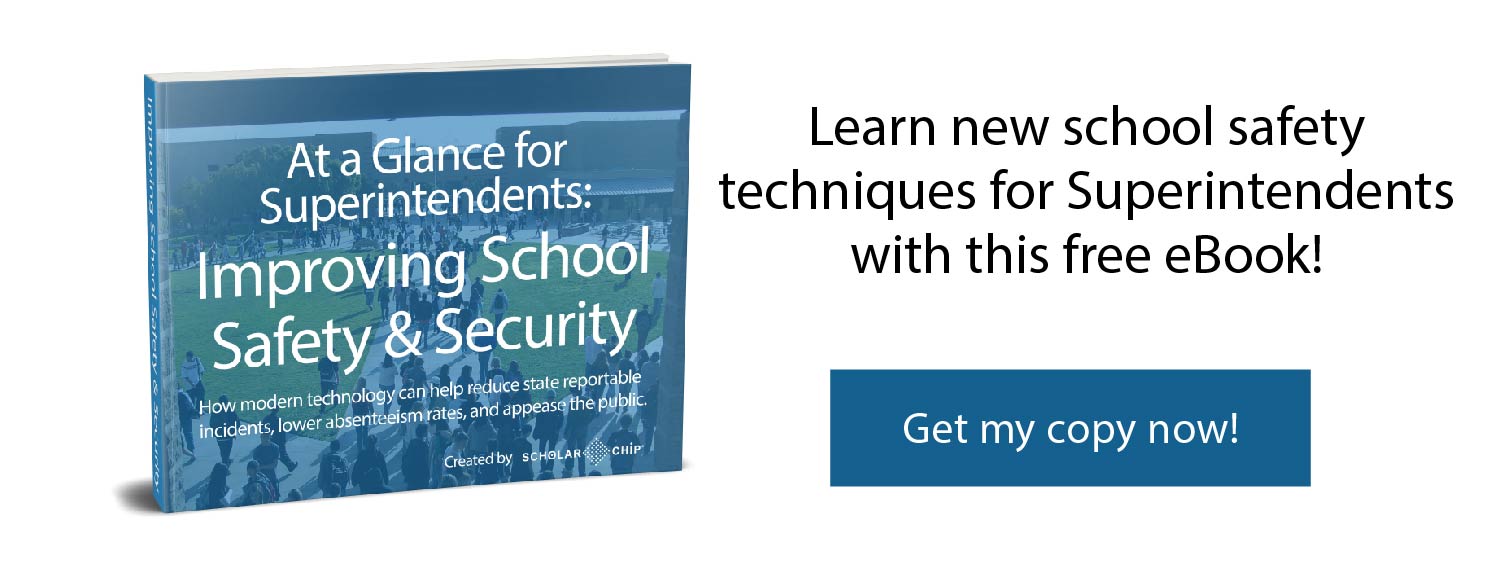According to a recent survey conducted by the Centers for Disease Control and Prevention (CDC), the U.S. Department of Education, and the U.S. Department of Justice, six percent of students had not attended at least one day of school in the prior thirty days because they didn’t feel safe there.
There are many reasons that students do not feel safe at school. Some of these school threats are tied to bullying and fighting, while others are connected to the spate of shootings in American schools.
Here, we’ll consider 11 ways that school superintendents can create campuses that promote physical safety, develop action plans, and create positive mental health:
1. Create safety partnership with school faculty and staff, along with community partners.
Schools need community partnerships within their schools and communities. Be proactive in writing grants for school safety funding, including school resource officers. Or, you could build connection with police officers and local officials to practice drills. Whatever your method, all stakeholders involved need to know their role in preventing school threats.
2. Build a more welcoming school climate.
A positive school culture makes students feel more comfortable on campus. Students who are disengaged are more likely to behave badly at school. This means creating clubs and other social activities that might appeal to these underserved students. Diversity activities, too, can make students who might feel disenfranchised feel more welcome on campus.
3. Make welcoming, comforting decisions about your school’s decor.
A friendlier school culture can also be developed by implementing more welcoming decor. Consider places where students may feel unwelcome, like dark or dingy colors. Do hallways or classrooms feel unwelcome without student art, plants, or awards. If an area is vandalized, how quickly does it get cleaned up? Students may not recognize that their school’s decor make them feel uncomfortable, but they will subconsciously pick up on unwelcoming details.
4. Develop opportunities for students, staff, and faculty to build better relationships.
The best way that students can feel connected on campus is if they have a faculty member with whom they have a caring relationship. Consider implementing a creative initiative that makes sure students aren’t left out of faculty relationships. For example, a middle school principal has implemented the Dot Project. The staff room is full of student pictures on which staff put dots if they know personal details about that student.
5. Create a culture of accountability.
Schools should establish clear parameters of acceptable behavior, as well as establishing clear consequences for unacceptable behavior. A behavioral template should be precisely articulated, and students should be well aware of the behaviors they are expected to uphold. At the same time, they should receive detailed information about the consequences of moving outside of these expectations.
6. Increase faculty and staff’s role in student observation.
Once a culture of accountability has been established, faculty and staff should be able to objectively monitor these guidelines. This way, they will be more aware of student behavior, especially when the behavior is out of the ordinary.
7. Give students opportunities to speak with trained mental health professionals.
The U.S. Department of Health and Human Services suggests that one in five children and adolescents struggle with mental health issues while in school. But they’re much more likely to receive treatment from a professional if that person is installed in a school. Not only do mental health professionals in school significantly increase the likelihood that struggling students will seek help, but these professionals are best qualified to monitor student behavior and offer advice to staff about best practices for doing the same.
8. Engage the student population to participate in monitoring their peers.
Students often notice behavior that faculty and staff might miss. So, to monitor hidden school threats, develop a culture in which students feel comfortable reporting the troubling behavior of their peers. Offer students channels for reporting unsafe behavior. If students have channels to which they can report threats or non-standard behavior, they can participate in their own safety.
9. Train faculty and staff in active shooter responses.
Minimize the possibility for active shooting by training personnel in methods to limit damages. The U.S. Department of Homeland Security provides training options approved for school personnel.
10. Create more surveillance possibilities and fewer hidden areas.
Some school threats can be hidden in places where faculty and staff rarely go. These can be shadowy spots behind lockers, or even parking lots outside of the reach of lighting. In these out-of-the-way places, both set up surveillance and let students know you’ve made these changes. This means installing monitoring cameras, better lighting dark areas, and adding these spaces to faculty and staff patrol.
11. Improve or rethink access points around your school perimeter.
Delivery people, parents, volunteers, and other personnel are always coming in and out of your school. Instead of letting these visitors come in through the school through multiple entryways, limit your access points through a main office.
There, install a visitor monitoring system like ScholarChip’s Visitor Management System that requires visitors to check in, state their purpose for entry, and retrieve a printed badge. Simultaneously, the system will scan through sex offenders to prevent school threats. A visitor management system prevents crime. For example, if a non-custodial parent wanted to abduct a child, they may be deterred by having to check in first at the front office.
ScholarChip is a proactive, all-in-one platform solution to help reduce school threats and address the important issues surrounding school safety and culture. Data from students, faculty and stakeholders are leveraged to manage school access, attendance, and behavior management through the platform’s tools to increase safety and promote the campus climate schools are looking for.
If you would like to learn more about how your school can improve its safety and reduce school threats using ScholarChip’s platform, feel free to request a 1-on-1 school strategy call today.


